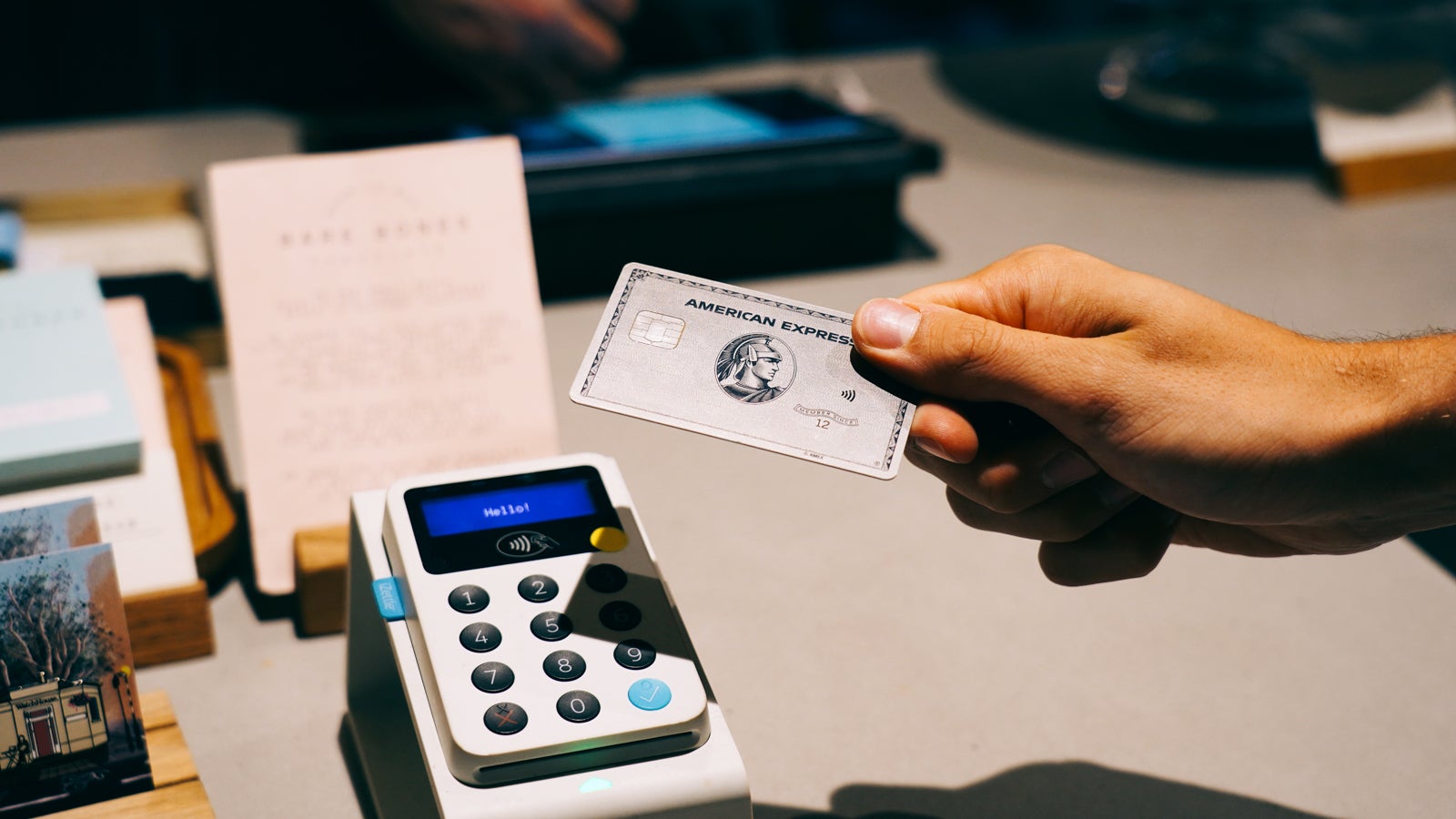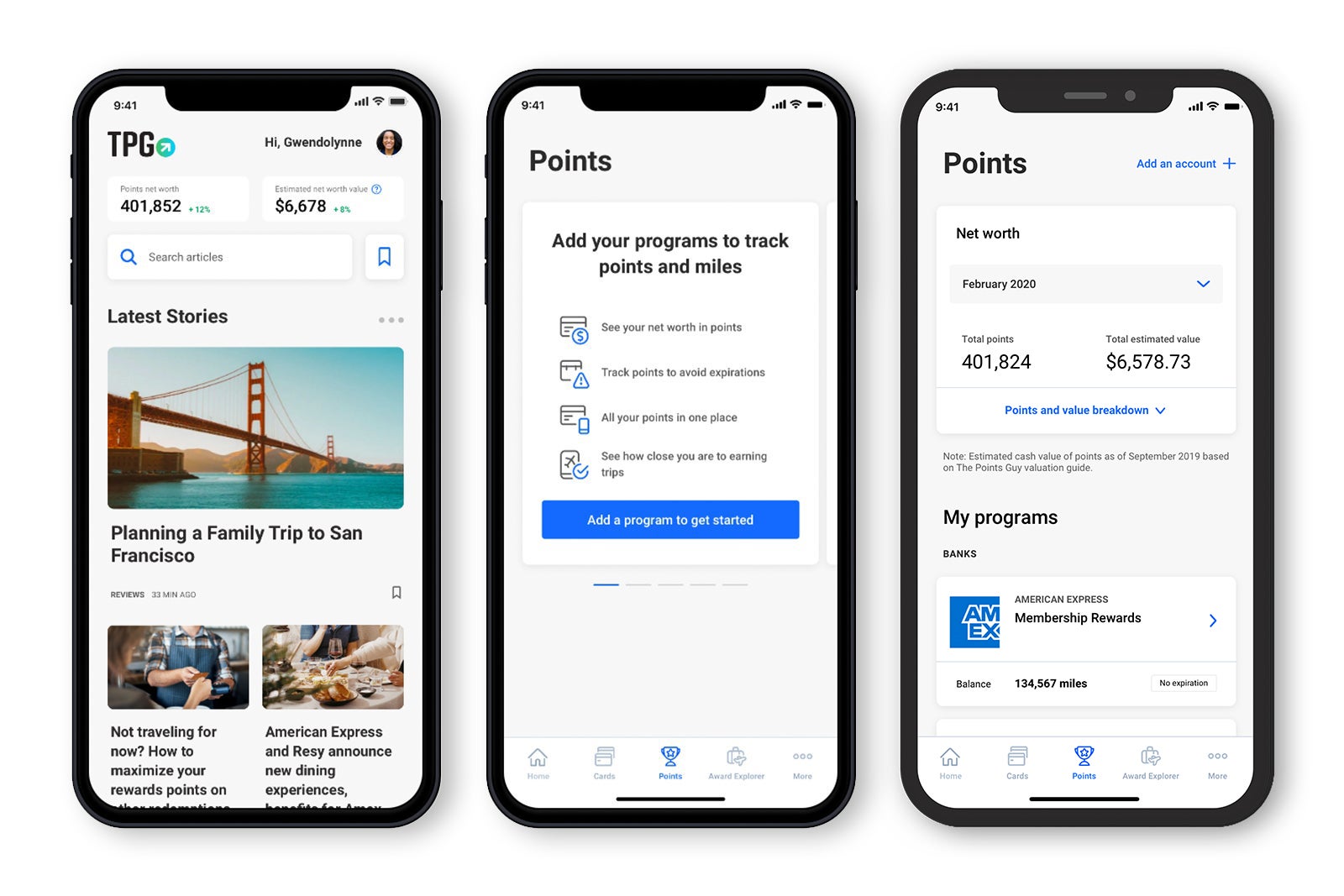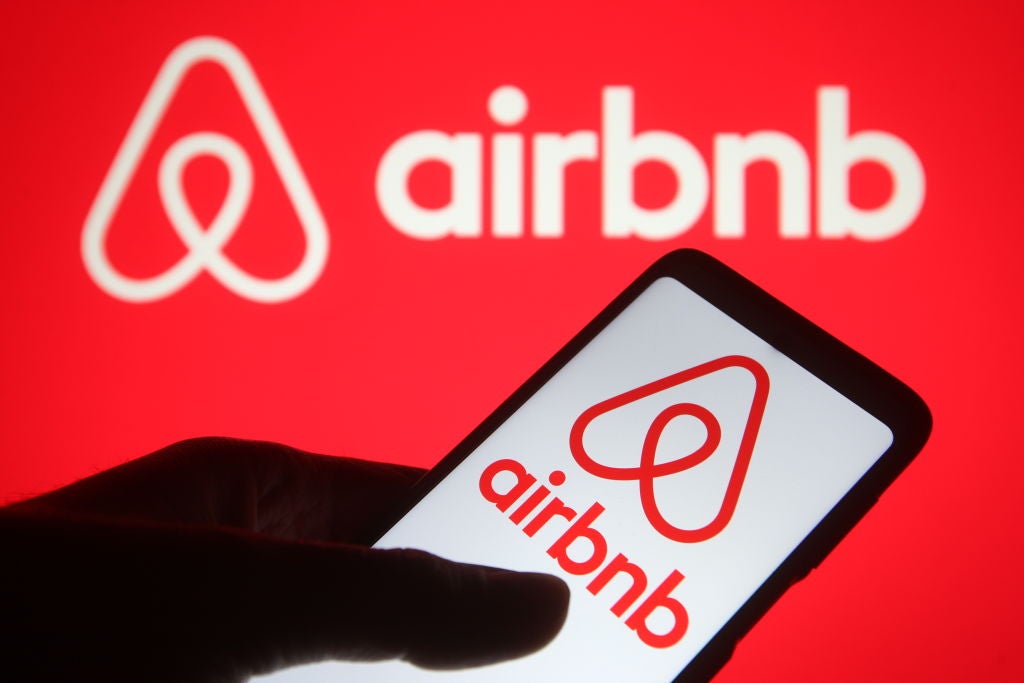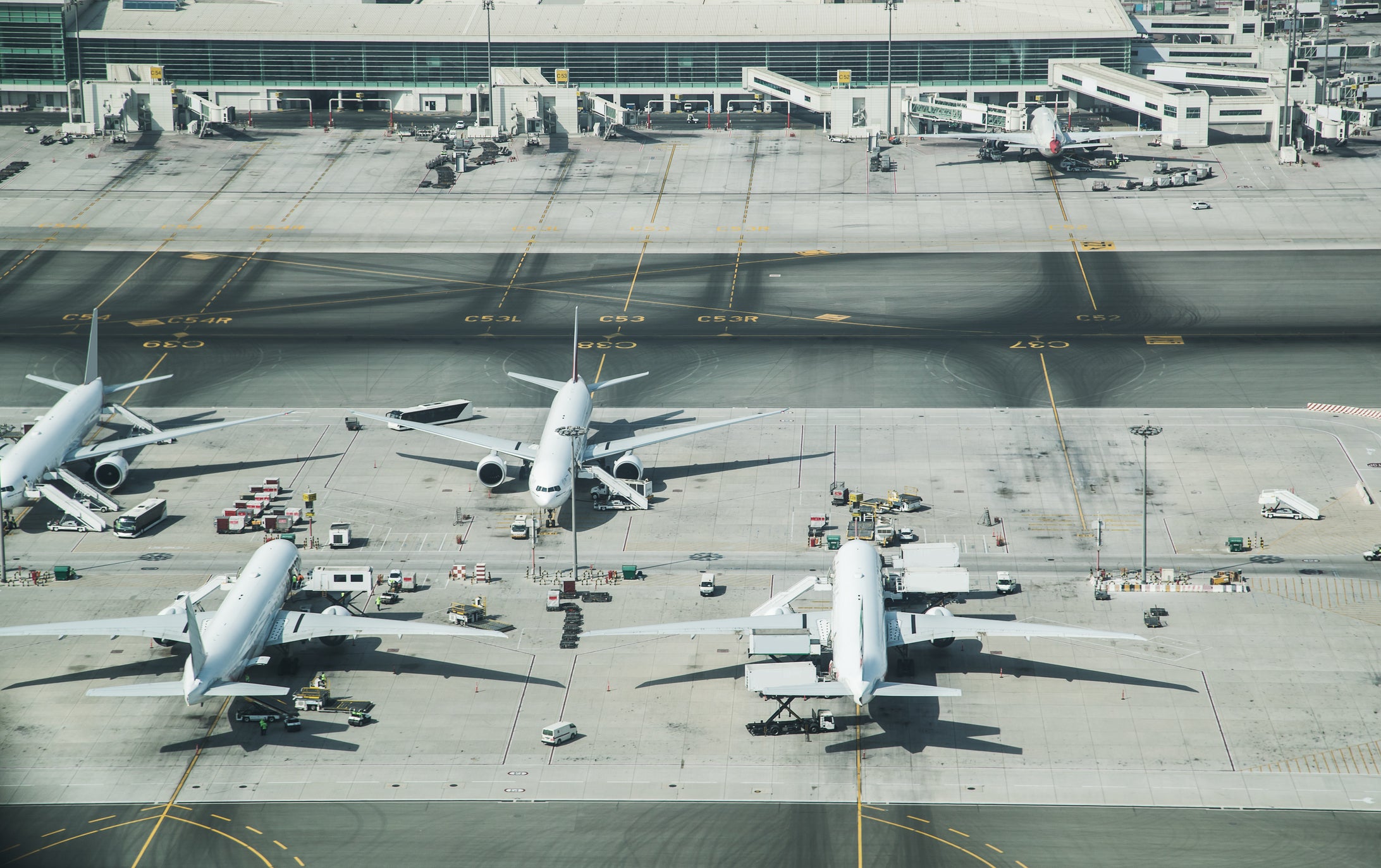Considering going solo on your next vacation? It may put a sizable dent in your wallet.
A recent study by Which?, a consumer advocacy company, revealed that the average cost per person can be up to 83% more for solo travelers than those traveling as part of a couple.
One major reason for this is due to single supplements, the industrywide habit of charging more for solo travelers to recoup some of the profit lost from a lack of a second party.
To help ease the strain on your travel budget, we reached out to industry minds and seasoned solo travelers to find out the financial tips and hacks they use to save money — and how you can do the same on your next vacation.
Related: 8 perfect destinations for the first-time solo traveler
Be strategic about what you save money on
There’s a fine line between being financially stringent and letting great opportunities pass you by. Set healthy limits and look to save big in one area as opposed to being economic over many small ones. This can often save you more in the long run while still allowing you to have fun.
Kate McCulley, better known as Adventurous Kate, quit her job to travel the world solo in 2010 and never stopped. Throughout her own experience of traveling alone, she’s learned that being too budget-conscious can dampen what should be a relatively carefree experience.
“There are some budget travelers who like to pinch pennies wherever they go,” McCulley said. “I’ve never been that kind of traveler. Why make so much effort just to save a tiny amount of money?”
“I find that if you’re going to make a big difference, it’s with big action, such as staying in one place for longer instead of going from place to place super quickly,” she added.
McCulley also recommends saving alcohol for special occasions, instead of imbibing at every meal. In addition, she suggests visiting a destination with a much lower cost of living.
Book during shoulder season — but do your research
Traveling out of season is all well and good. However, it’s worth weighing your savings against the odds of spending most of the trip in your hotel room as thunderstorms slam the windows.

“I’m a big shoulder-season traveler,” added McCulley, referring to the time between offseason and peak season. “Offseason can often be a gamble, especially if you’re risking storms or hurricanes in a beachy destination. But the shoulder season is often the sweet spot.
“Recently, I was in Martha’s Vineyard in late September, which was perfect. The weather was lovely, jean-jacket weather, and the crowds of tourists were long gone. I still can’t believe how often the beaches were empty. And I avoided peak summer rates on the ferry and hotel.”
Balance hotel location with travel cost
“While accommodation can be cheaper on the outskirts of cities, it’s important to take transportation costs into account,” advised Victoria Brewood, a New York-based Brit who documents her travel exploits under the Instagram handle Pommie Travels.
“I’d rather stay downtown so that I don’t have to spend money on taxis or trains getting to and from the city. Those costs can add up quickly, and it’s more convenient to stay downtown close to all the major sights.”
Brewood often books shorter trips of three to five days. By staying in a central area, she maximizes her time at the destination.
“The largest costs are usually flights and hotels,” she shared. “So, I learned to always compare prices, keep my eye out for good deals and be flexible with dates/destinations.”
Keep track of cheap destinations
Single travelers can also save big by paying close attention to the tectonic plates of airfare, which have shifted dramatically since COVID-19 rules loosened.
Laura Lindsay, United Kingdom-based Skyscanner’s trends and destination expert, shared the biggest value destinations in 2023 with TPG. They are “Madeira, Portugal, with a 22% price drop; Sofia, Bulgaria, with an 18% price drop; and Brussels, Belgium, with a 13% price drop,” compared with prices in 2019.
Dreaming of a trip Down Under? Lindsay recommends booking now. The average cost of flights from the U.K. to Melbourne, Australia, dropped by 19% since the world was cut off by the pandemic.
If you’re traveling from the U.S. to Europe, you can find great deals with airlines offering indirect flights. Low-cost giant Play recently upped its roster from its Reykjavik base to both sides of the Atlantic. In April, you can fly from New York to Paris, connecting in the Icelandic capital, for about $351.
In a push to attract visitors to the country, TAP Air Portugal has partnered with Visit Portugal to allow passengers to stay in the country for up to 10 days when booking standard tickets as part of a round trip.
You can choose to have your stopover as part of either your departing or return flight. U.S. travelers can fly with TAP directly to Lisbon International Airport (LIS) from nine U.S. airports.
They include Boston Logan International Airport (BOS), Chicago’s O’Hare International Airport (ORD), Miami International Airport (MIA), Newark Liberty International Airport (EWR), New York’s John F. Kennedy International Airport (JFK), San Francisco International Airport (SFO) and Washington’s Dulles International Airport (IAD). Flights are also available from EWR to Porto’s Francisco Sa Carneiro Airport (OPO).
That’s 2-for-1 on a multitude of great destinations. You can tack on a stopover with a trip to the beaches of the Algarve, a city escape to Lisbon or Porto, or even island-trekking around Madeira, and even receive a 25% off domestic connecting flights, including its subbrand Portugalia.
Mix-and-match your flights
“Sometimes mixing and matching airlines, airports, and even flying back from a different destination can result in the best price,” recommended Lindsay. “Routes where multiple airlines compete for bookings — for example, London to New York — is a good example of how flying with a different airline or airport can make a difference.”
Another word to the wise: Hold off on booking domestic flights at your destination until you’ve looked at train tickets, as it can often work out cheaper (and more scenic) to travel by rail. Currently, multiple governments in Europe, including in Germany, are cutting train fares to help with a cost of living crisis, with many of these campaigns open to tourists.
Last year, Spanish rail operator Renfe gave away free tickets on routes all over the country to anyone who booked multijourney tickets on a minimum of 10 return trips. The campaign was such a success Renfe extended it through December 2023.
Related: These are the best times to buy an international flight
Fuel up at breakfast
Seasoned travelers agree with your mother: The first meal of the day is the most important one.
McCulley says a sizable breakfast helps eliminate her need to snack at touristy hangouts during a busy day sightseeing.
“If I’m staying somewhere for a while I’ll pick up breakfast provisions like fruit and yogurt, so I don’t have to overspend on giant pastries and cappuccinos every morning.”
Related: 5 ways to get your hotel breakfast for free

For Brewood, who believes “eating out is the biggest cost on the road,” it’s all about thinking ahead.
“I’ll try to book a hotel with a free breakfast and then find good happy hour or lunch deals,” Brewood shared. “I avoid eating in airports, and these days I always travel with a reusable water bottle to fill it up on the go, provided the water is safe.”
Use cards with no transaction fees abroad
It might seem obvious, but if you’re still pulling out a cash card abroad, which results in a foreign transaction fee at ATMs, that’s a problem.
“When I first started traveling, I wasted a lot of money on bank fees,” Brewood said. “But these days, I only travel with cards that don’t charge foreign transaction fees.”
Related: 10 tips to save on overseas ATM withdrawals this summer
Save up points while you explore
McCulley uses her cards for all purchases — not just during travel.
“I use my Chase Sapphire Preferred Card for dining and travel expenses, as dining earns triple points and travel earns double points,” she explained. “I use my Capital One Venture X Rewards Credit Card for non-travel business expenses, as [it earns] double miles on all transactions. For my personal expenses, I use my British Airways Visa Signature Card because I fly British Airways, KLM and Air France most often. It’s rare for me to fly Star Alliance.”
Related: The best and worst credit cards to earn bonus points when abroad
Another surefire way to build up decent points during vacations is by staying loyal to the same carriers when you travel, even if it isn’t always the cheapest deal in the short term.

“I’ve used air miles a lot over the years to get ‘nearly’ free flights and save a lot of money on airfare,” said Brewood. “I travel a lot within the U.S. and across the Atlantic, so I’m a huge fan of Delta. I try to fly pretty much everywhere with them because they offer the best service out of all the U.S. airlines, and I’ve managed to rack up a lot of rewards. Since the pandemic, they’ve been allowing frequent flyers to earn [Medallion Qualification Miles] on reward tickets as well, so I’ve now achieved Medallion status, which comes with perks such as free upgrades.”
Be loyal to third-party websites
In recent years Brewood has reaped the benefits of using the same booking website rather than hopping between platforms. This is another great way to bring the cost of that single supplement down.
“For hotels, I always stick to Booking.com as they have a decent loyalty program that offers discounts on bookings once you get to a certain level,” Brewood shared. “Last year, I went to Egypt and stayed at the iconic Sofitel Winter Palace for free. I’m a loyal Booking.com customer, and they gave me a ton of reward credits after one of my hotel stays, so I used them to stay at the Winter Palace.”
Related: 9 things to consider when choosing to book via a portal vs. booking directly
Use the right apps
The TPG app for iOS is the perfect tool to help you learn, earn and burn your points and miles to make travel easier. The app shows your points’ net worth across all programs and helps you use points and miles to their fullest potential.
In addition, you can sync your cards to see your spending and earned and missed points — then get advice to help you earn more. There’s also an interactive tool to help you find your next destination, then see how many points you need to get there.

In addition to the TPG app, there are several popular travel apps.
“I’m a big fan of the Hopper app since it uses AI to predict whether the cost of airline tickets will go up or down,” shared Brewood. “The app helps users to get the cheapest ticket and has a ‘price freeze’ option to freeze the price for a small fee.”
Brewood also relies on emails from Jack’s Flight Club, a newsletter rounding up the best travel deals. She snagged a cheap flight from the U.K. to Cape Town thanks to the alert.
Another practical tool to have in your solo travel armory is YNAB, which helped overhaul McCulley’s travel life.
“This may be an unorthodox pick, but YNAB has changed my financial life for the better,” she shared. “It’s helped me accurately budget for all expenses in my life, including travel expenses. If I know I need $1,200 for a trip six months from now, I’ll use YNAB to set aside $200 each month until then.”
McCulley also uses YNAB to keep track of credit card annual fees. “YNAB is set up to allocate 1/12 of the annual fee each month, so it’s there and waiting when the charge comes,” she explained. “Nothing is ever a surprise.”
Related: 30 essential travel apps every traveler needs
Airbnb won’t save you as much as it used to
If you’ve stayed at an Airbnb lately, you may not bat an eye when we say prices can be a little steep. Once a cheap travel alternative, Airbnb is now such a popular marketplace that it’s common to pay less for a hotel in many locations.

Of course, if you’re sharing with a group or want to keep costs down by cooking yourself, it’s not a bad way to save money. Otherwise, says Brewood, avoid it in favor of a hotel.
“If you plan on staying in a destination for more than a week, Airbnbs with kitchens can definitely save you money,” she shared. “Airbnbs often have cleaning fees and other surcharges, so these days I prefer to find cheap hotel deals with breakfast included to save money on food.”
Related: How to maximize your stays at Airbnbs, hostels, campgrounds and more
Buy tourist passes in big cities
Want to soak up the culture of a city without splurging all your funds on entry fees to just one or two museums? Check whether there’s a city pass or tourist card.
“Check out the local tourist card,” recommended McCulley. “They give you access to many sites. Add up the costs of the places you actually want to visit — if the card is cheaper, get the card. Keep in mind that tourist cards often also include free public transportation.”
Another advantage of a tourist card is flexibility. “You can walk into a museum and leave after 15 minutes if you’re not feeling the vibe,” said McCulley. “If you pay full price, you might feel the need to stay and get your money’s worth.”
If the city doesn’t have this option, Brewood suggests you do your homework and check prices online. Sometimes these prices are better than what you’ll pay at the counter. For popular attractions, she also recommends skip-the-line tickets.
“This is so you don’t have to waste time standing in queues,” said Brewood. “Some cities have special tourist passes with bundled discounts on attractions, so if you plan on visiting multiple museums and landmarks, those are worth looking into as well. I use sites like Viator or GetYourGuide so I can pay in my local currency and know the prices up front.”

Be careful, though.
“Ticket [sellers] who approach visitors in the street often overcharge for tours, so make sure you know how much it should cost and haggle on the price,” warned Brewood.
Beat the airlines at their own game
There’s no exact science to booking a flight, but a little knowledge goes a long way. We asked Skyscanner’s Lindsay about the optimum time to book a seat on a plane: “Often, we find that the best time to find cheap flights has traditionally been at least three months before departure for long haul and at least one month prior to departure for short haul.”
“Travel is just like any other valuable commodity,” says Lindsay, “and it’s priced to reflect demand. To do this, airlines set up a pricing schedule for their flights, putting the seats into price ‘buckets,’ and as one ‘bucket’ fills up, they open the next, more expensive one up for purchases.

“Traveling on less-busy days of the week can mean better airfares, as well as less time spent in security and fewer queues in departures,” said Lindsay.
Saturday is typically the busiest day to fly, according to Lindsay. “However, this rule is not without exceptions, and it is always worth double-checking,” she added.
Brewood also follows this rule and tends to avoid flying on weekends or peak times wherever possible.
“Since I’m self-employed, I usually try to fly midweek — Tuesday and Wednesday seem to be the cheapest — and I’ll also travel offseason whenever I can find cheap deals,” Brewood shared. “I typically avoid traveling over the Christmas holidays or peak periods like Easter and summer. Spring and autumn seem to be the best times to snag bargains on flights and hotels.”
Bottom line
Solo travelers can often get stung by extra costs compared to those traveling as part of a couple or a group, where many costs can be easily shared.
You can still save money if you plan ahead and are strategic about where and how you spend it. That doesn’t mean you have to skimp on the fun.
There are lots of ways to save money — from choosing your destination and flying on certain days to using various local deals and discounts.
Related reading:
- Key travel tips you need to know — whether you’re a beginner or expert traveler
- The best travel credit cards
- The 18 best places to travel in 2023
- 6 real-life strategies you can use when your flight is canceled or delayed
- 8 of the best credit cards for general travel purchases
- 13 must-have items the TPG team can’t travel without
